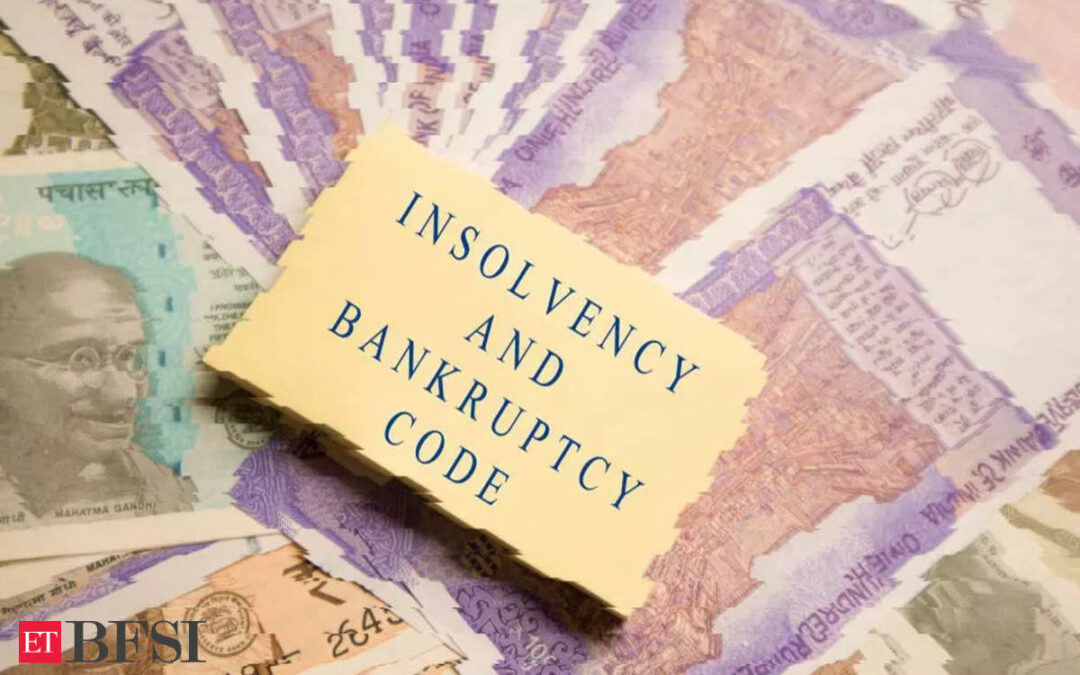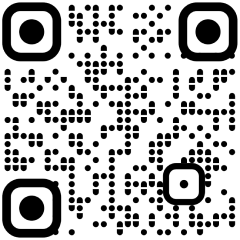The average time taken to conclude the corporate insolvency resolution process (CIRP) has increased to 680 days as of March 2024, up from 611 days a year ago, according to official data.
Currently, nearly 21,000 cases are pending before the 15 NCLT benches, with approximately 13,000 of these related to the Insolvency and Bankruptcy Code (IBC) and the remainder under the Companies Act. The official mandate requires CIRP to be completed within 330 days, but the significant backlog has made this timeline increasingly difficult to achieve.
While delays in the CIRP process have not yet resulted in a marked decrease in the realisable value of stressed assets, there is still considerable room for improvement. Data from the Insolvency and Bankruptcy Board of India (IBBI) reveals that as of June 2024, approved resolution plans yielded an average of 84.93% of the fair value of stressed assets, slightly higher than the 83.89% recorded in June 2023. Similarly, the realisable value as a percentage of admitted claims rose to 32.06% from 31.62% during the same period.
The delay
This growing delay is largely attributed to a significant backlog of cases at the National Company Law Tribunal (NCLT), which has been struggling to manage the mounting workload.
The surge in CIRP duration has raised concerns among industry experts about the potential for value erosion in distressed assets, especially for technology-driven companies where prolonged resolutions can result in outdated technology, leading to complications in the bidding process. The delay is also seen as a deterrent for potential investors looking to inject capital into stressed companies, undermining confidence in the IBC as an effective turnaround mechanism.
This data suggests that while delays may not directly correlate with lower recoveries, the overall efficiency of the insolvency process remains crucial to maximising the value of distressed assets. Addressing the backlog and expediting the resolution process could further enhance recoveries and boost investor confidence in the IBC framework.











